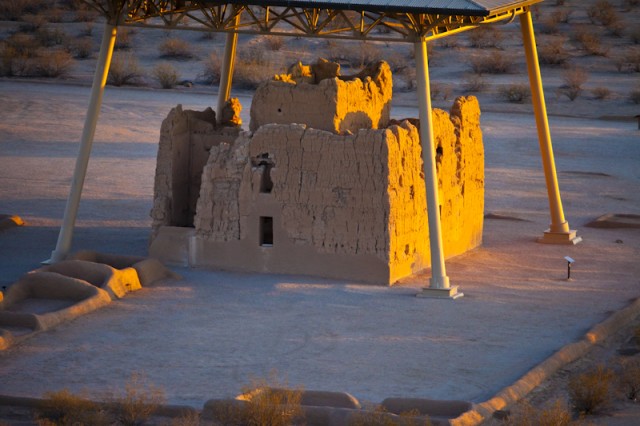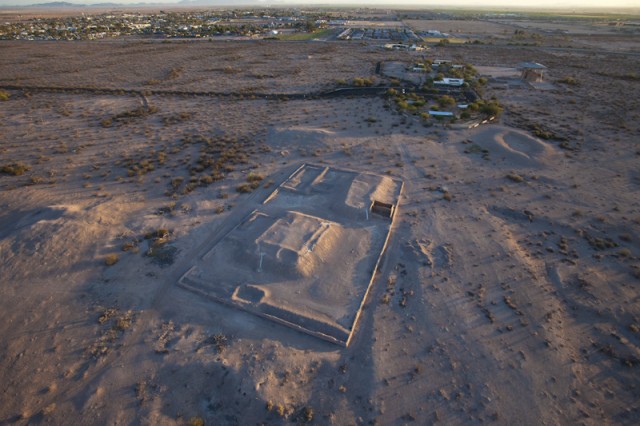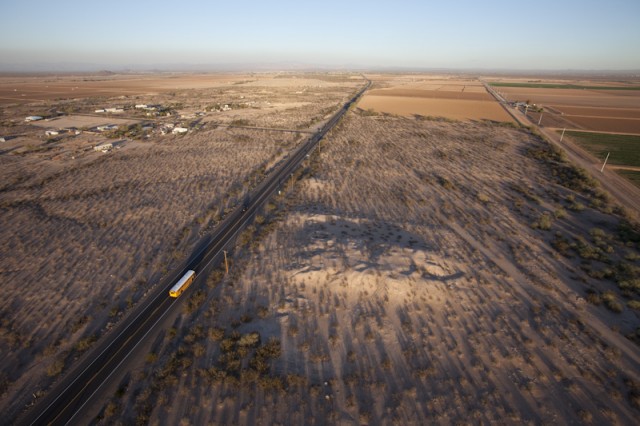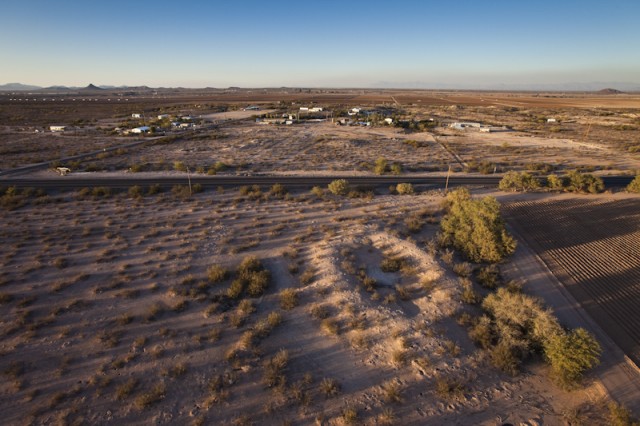- Home
- >
- Preservation Archaeology Blog
- >
- The Casa Grande Community—In More Ways than One!
Community. Just when cynicism seems at its most pervasive, I am glad to see that community spirit can still shine through. It certainly infuses the new legislation for the expansion of Casa Grande Ruins National Monument.
A bipartisan group of Arizona Representatives—Paul Gosar (R-4), Ann Kirkpatrick (D-1), Raúl Grijalva (D-3), and Ed Pastor (D-7)—introduced the legislation late last month. It is clear that these cosponsors truly listened to the modern communities of Coolidge and Florence, Arizona, when these communities expressed their unanimous support for the proposed boundary expansion. Coolidge and Florence already derive economic benefit from the 70,000 annual visitors that experience the remarkable four-story adobe structure built along the Gila River in the 1300s.

Jesuit missionary Father Eusebio Francisco Kino was the first European to visit the Casa Grande, in 1694. He mentioned thirteen smaller houses nearby that were “somewhat more dilapidated.” Three years later, Kino returned with his military companion, Captain Manje. Manje, too, interpreted the many neighboring ruins as evidence of a once-major city, a place where people had knowledge of governance. He described the impressive irrigation canal that nearly encircled the Casa Grande community as further evidence of his conclusion. Thus, from the outset, the Casa Grande has stood out and attracted visitors from afar, and each recognized that this special building was part of a much larger community.

Members of the nation’s young, but growing, preservation community were quick to perceive that westward expansion after the end of the Civil War threatened the Casa Grande. In the 1880s, federal funding supported initial mapping and repairs by Cosmos and Victor Mindeleff. To further protect the site, President Benjamin Harrison designated 480 acres as the nation’s first archaeological reserve in 1892.
Twentieth-century archaeological research firmly established the astonishing true scale of this ancient community. The Casa Grande was the center of an ancient town at the terminus of a 22-mile-long irrigation canal that was flanked by other, smaller settlements every three or four miles.

The expansion plan seeks to add one of those other settlements, known as Adamsville, into the Casa Grande National Monument. Located four miles east of the current monument, the site contains a large platform mound and a ballcourt.
Before Casa Grande, there was the Grewe site. Archaeologists consider this settlement to be the ancestor of the one at Casa Grande. Much of it lies east of the current monument, where it is preserved below plowed fields. There may have been as many as five ballcourts within the Grewe site.
Because modern development along the Salt and Gila Rivers has destroyed so many of the archaeological traces of the Hohokam, the expansion of Casa Grande Ruins National Monument is an important—and crucial—preservation proposal. It is also a tremendous opportunity to similarly expand interpretation programs. The expanded monument would better represent the diversity of Hohokam culture and accomplishments, through time and across the landscape. For the communities of Coolidge and Florence, an expanded National Monument offers additional economic benefits.
You can show your support for the proposed expansion in several ways. First, to become better informed about the Casa Grande, you can download our Archaeology Southwest Magazine from 2009 that focuses on the site and its historical and cultural context. Then, read the current version of the bill, H.R. 2497, here.

Finally—and this is key—take the time to write and send letters of support. The reasons why the Friends of Casa Grande Ruins National Monument support the expansion are outlined here. Contact information for the bill sponsors is below.
Let’s show the spirit of our community—the Preservation Archaeology community—and strongly advocate for a “grander” Casa Grande Ruins National Monument.
You can listen to my comments on the proposed expansion to Arizona Public Media‘s Mark Duggan here.
Please direct your letter to either Representative Gosar or Representative Kirkpatrick, and be sure to cc: the other, along with Representatives Grijalva and Pastor, who are cosponsors.
Representative Paul Gosar
House of Representatives
504 Cannon HOB
Washington, DC 20515
Representative Ann Kirkpatrick
House of Representatives
330 Cannon HOB
Washington, DC 20515
Representative Ed Pastor
House of Representatives
2465 Rayburn HOB
Washington, DC 20515
Representative Raúl Grijalva
House of Representatives
1511 Longworth HOB
Washington, DC 20515
2 thoughts on “The Casa Grande Community—In More Ways than One!”
Comments are closed.

This is great. Many years ago I used to drive up to CGNM and wander the entire monument including areas normally closed to visitors. This is one of the most fascinating places in Arizona and ALL of it and the surrounding sites should be protected.
I support the enlargement of the Casa Grande Ruins National Monument. The incorporation of Adamsville and other sites into CAGR will preserve a very important episode of the prehistory of the southwest. These sites exhibit the efforts of a society to effectively manage resources present in a desert environment. The expanded monument and sites contain useful information for interpretation on the diversity of a culture responding to changes imposed by climate and other factors. An expanded monument would also benefit the local communities economically by increased tourism.
.